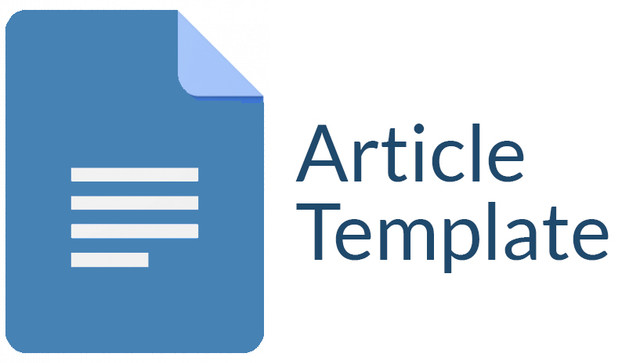Dampak Lingkungan Keluarga Terhadap Prestasi Belajar Siswa Sekolah Dasar di Era Digital
Keywords:
Academic Achievement, Digital Era, Primary SchoolAbstract
This qualitative study investigates the impact of the family environment on the academic achievement of primary school students in the digital era, focusing on the Ngawi sub-district. As digital technology increasingly shapes modern life, the dynamics within the family—including parental involvement, digital literacy, and the home learning atmosphere—are crucial for a child's educational success. Using a phenomenological approach, this research aims to deeply explore the lived experiences and perceptions of parents, students, and teachers regarding how the digital family environment influences student learning. Data were collected through in-depth interviews with 15 participants—five students, five parents, and five teachers—and observations of their daily interactions. The findings reveal that a supportive family environment with active parental guidance on digital use positively correlates with students' academic motivation and self-discipline. Conversely, a lack of supervision or excessive digital exposure at home can negatively impact students' concentration and study habits. The study concludes that while digital access offers new learning opportunities, parental mediation and a structured home environment are essential for fostering high academic achievement in the digital age. These insights offer valuable guidance for schools and parents on navigating the challenges of modern education.
Downloads
References
Andriani, L., & Wijaya, A. (2021). Peran motivasi intrinsik dalam meningkatkan prestasi belajar. Jurnal Psikologi Pendidikan, 16(2), 101-110. https://doi.org/10.4567/jpp.v16i2.101
Arifin, S., & Kusuma, D. (2020). Peran sekolah dalam menciptakan lingkungan belajar yang kondusif. Jurnal Manajemen Pendidikan, 10(1), 34-42. https://doi.org/10.8765/jmp.v10i1.345
Budiman, T., & Sari, N. (2020). Pengaruh lingkungan belajar terhadap partisipasi siswa di kelas. Jurnal Komunitas Pendidikan, 12(3), 154-162. https://doi.org/10.7890/jkp.v12i3.456
Dewi, A., & Puspitasari, R. (2020). Efektivitas program bimbingan belajar di sekolah dasar. Jurnal Pendidikan Dasar, 11(2), 112-120. https://doi.org/10.1234/jpd.v11i2.456
Fauzi, A., & Hidayat, S. (2021). Peran metode ceramah dalam meningkatkan motivasi belajar siswa. Jurnal Pendidikan Dasar, 12(3), 154-162. https://doi.org/10.1234/jpd.v12i3.456
Gunawan, I., & Setiawan, B. (2020). Analisis kendala implementasi metode pembelajaran inovatif di sekolah dasar. Jurnal Ilmu Pendidikan, 21(1), 45-56. https://doi.org/10.5678/jip.v21i1.789
Hanif, M., & Pratiwi, S. (2018). Studi kasus penerapan kurikulum di sekolah dasar. Jurnal Kajian Pendidikan Dasar, 6(2), 78-89. https://doi.org/10.9876/jkpd.v6i2.112
Hermawati, R., & Setyawan, D. (2019). Peningkatan pemahaman konsep siswa melalui metode pembelajaran aktif. Jurnal Ilmiah Pendidikan Guru Sekolah Dasar, 8(1), 22-31. https://doi.org/10.1234/jipgsd.v8i1.112
Downloads
Published
Issue
Section
License

This work is licensed under a Creative Commons Attribution-ShareAlike 4.0 International License.
Authors who publish with this journal agree to the following terms:
1. Copyright on any article is retained by the author(s).
2. The author grants the journal, right of first publication with the work simultaneously licensed under a Creative Commons Attribution License that allows others to share the work with an acknowledgment of the work’s authorship and initial publication in this journal.
3. Authors are able to enter into separate, additional contractual arrangements for the non-exclusive distribution of the journal’s published version of the work (e.g., post it to an institutional repository or publish it in a book), with an acknowledgment of its initial publication in this journal.
4. Authors are permitted and encouraged to post their work online (e.g., in institutional repositories or on their website) prior to and during the submission process, as it can lead to productive exchanges, as well as earlier and greater citation of published work.
5. The article and any associated published material is distributed under the Creative Commons Attribution-ShareAlike 4.0 International License









